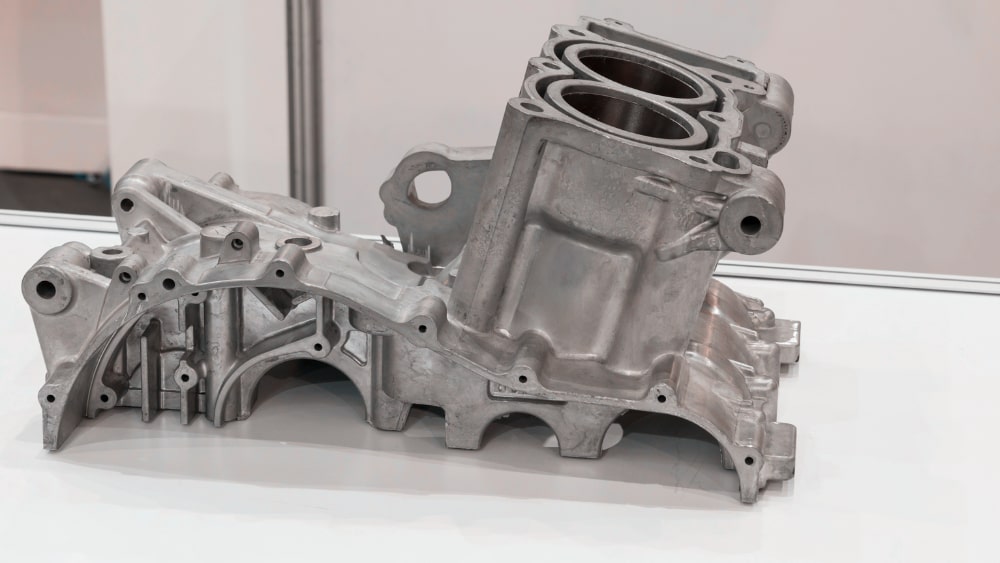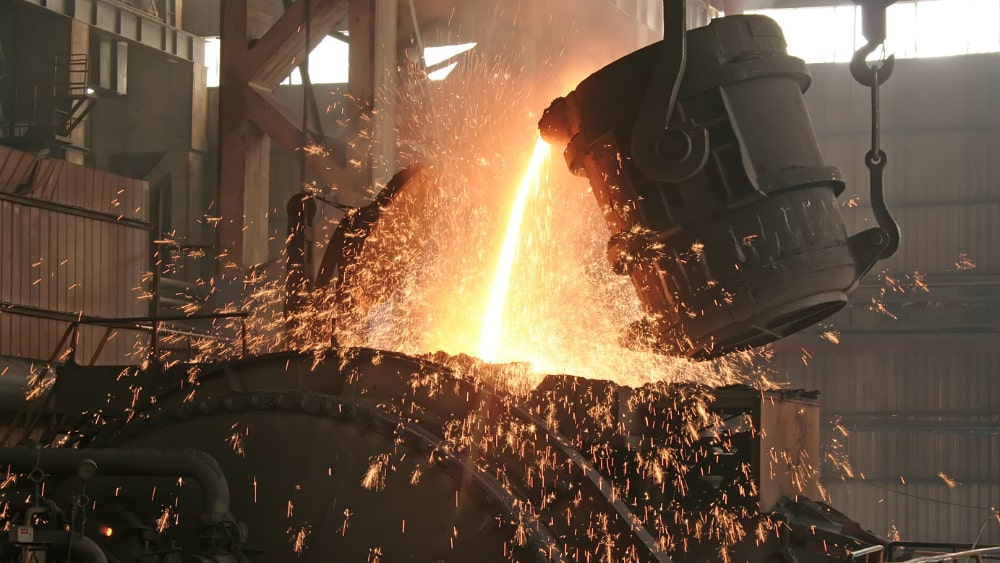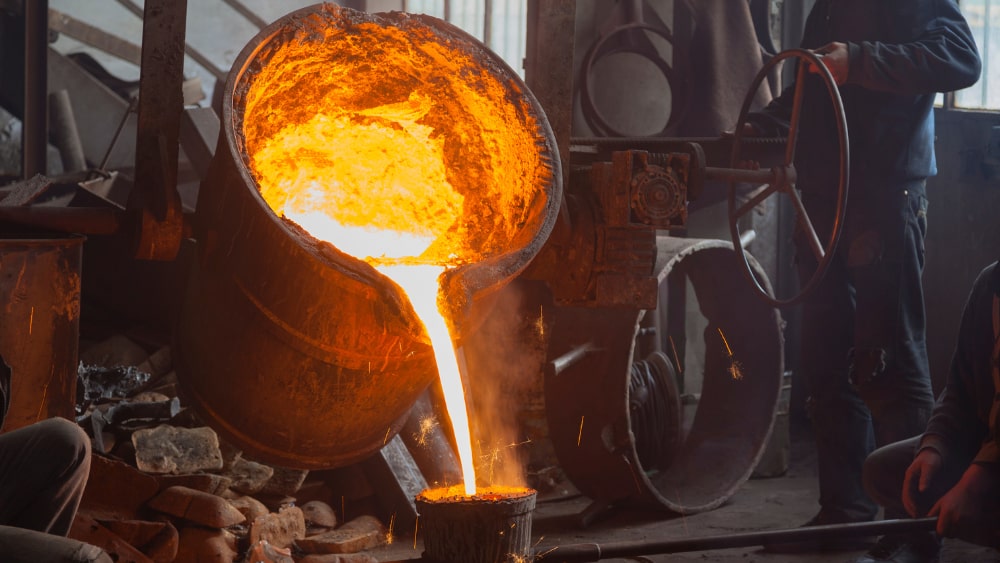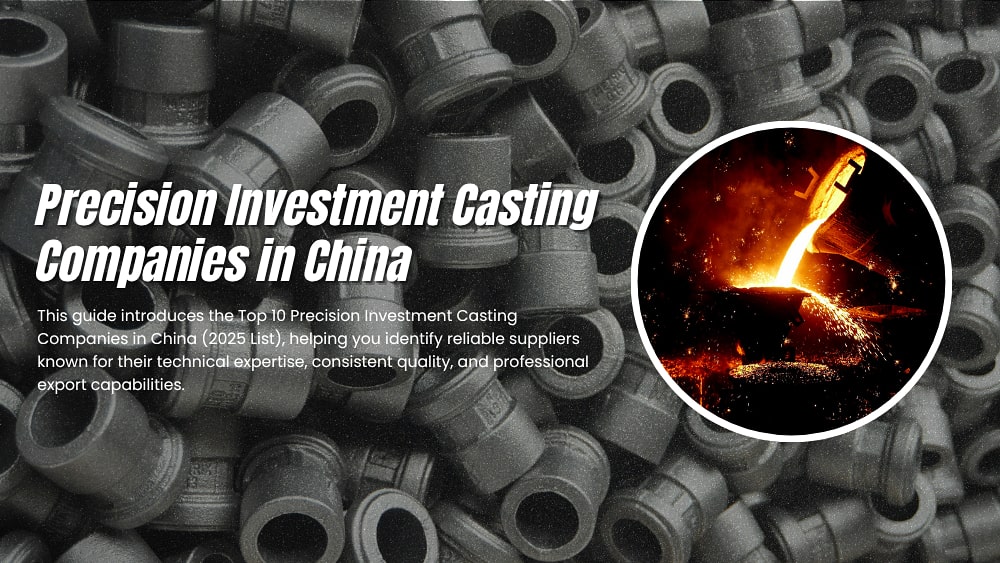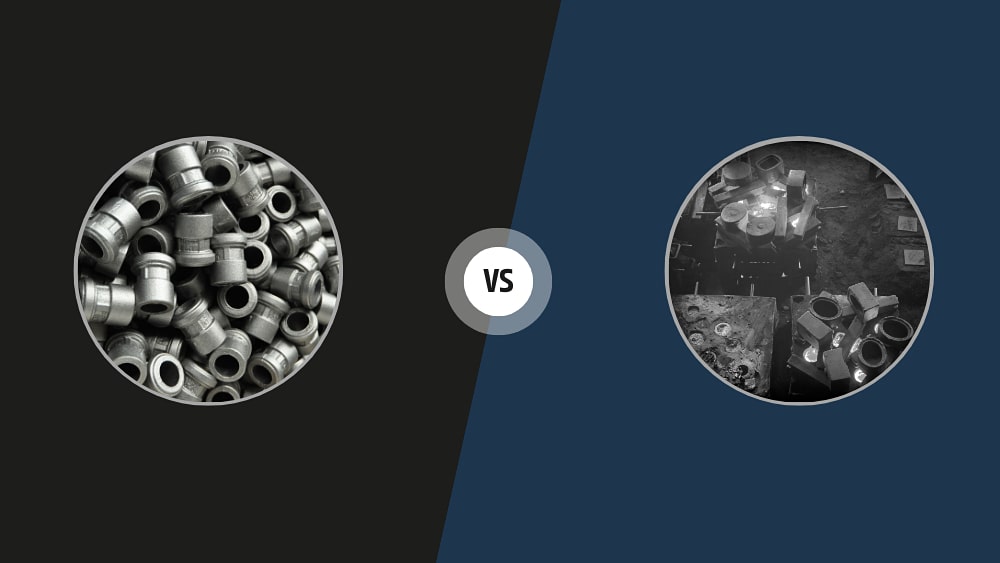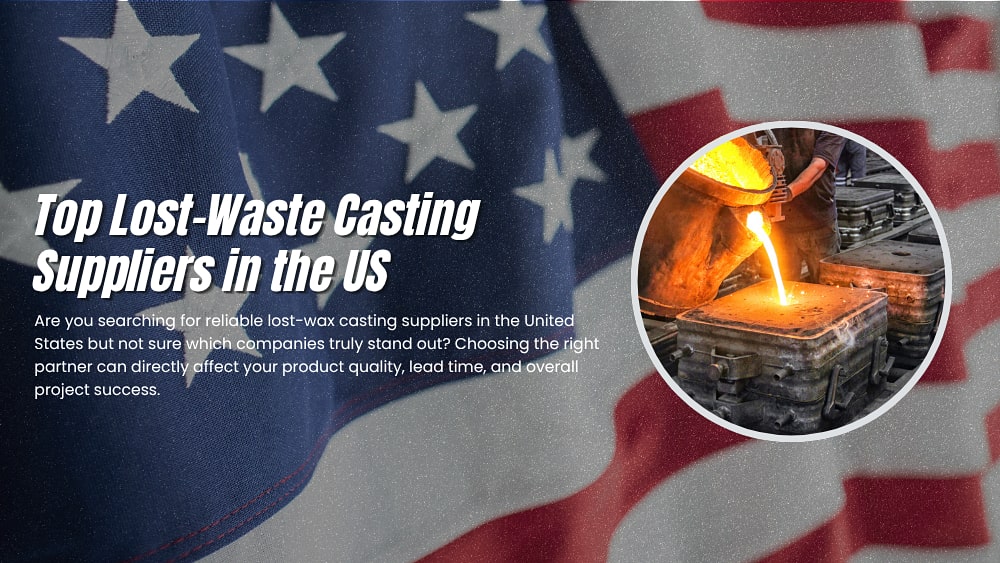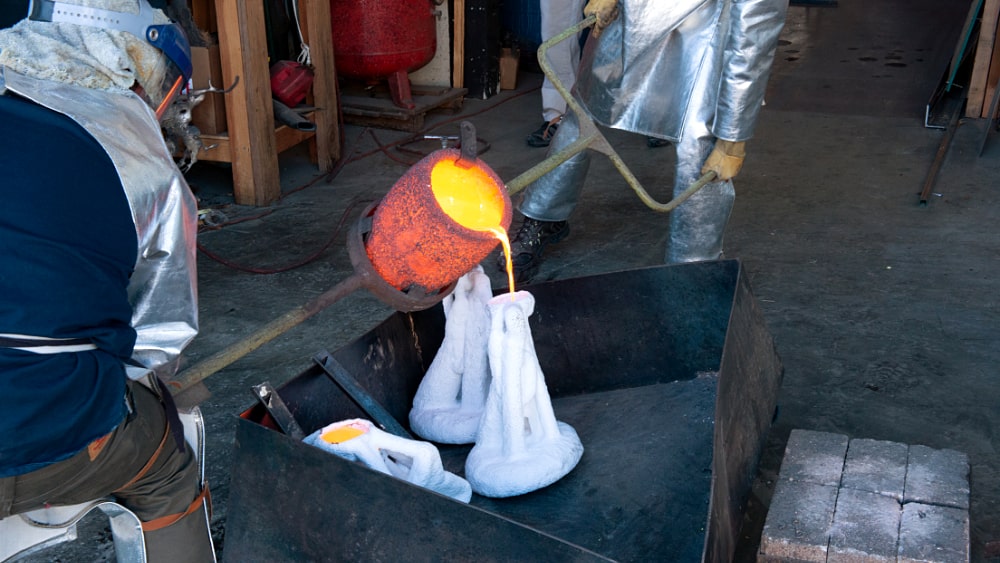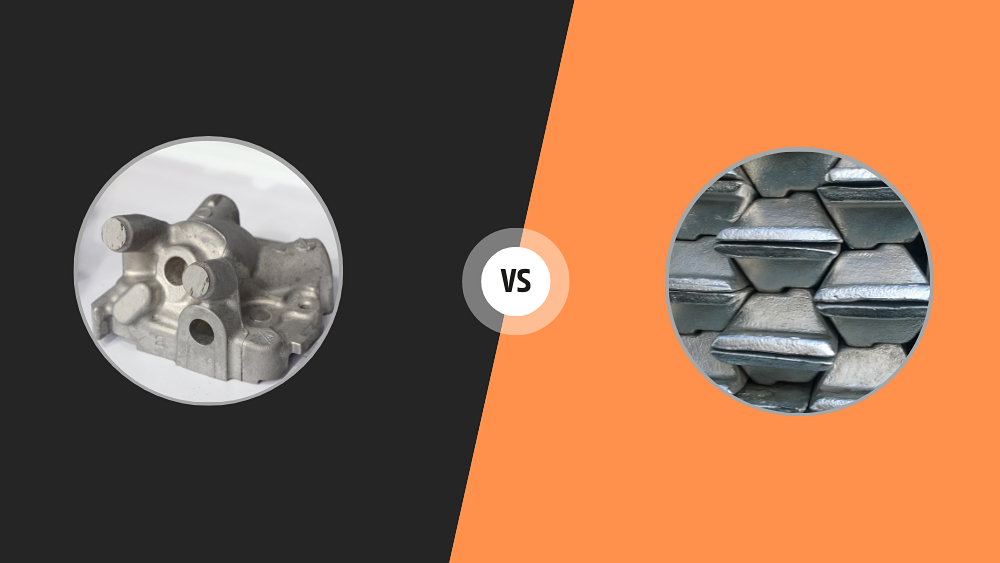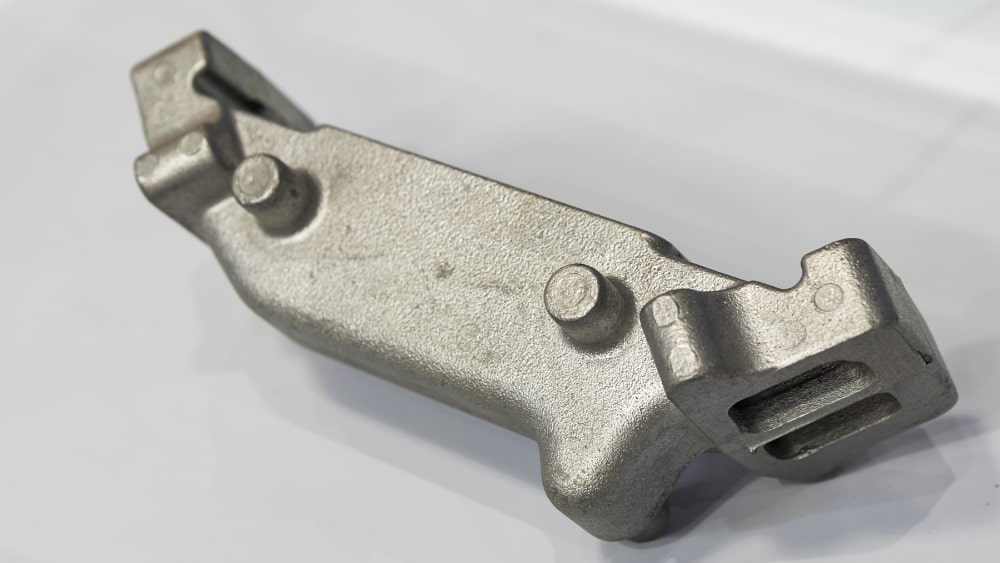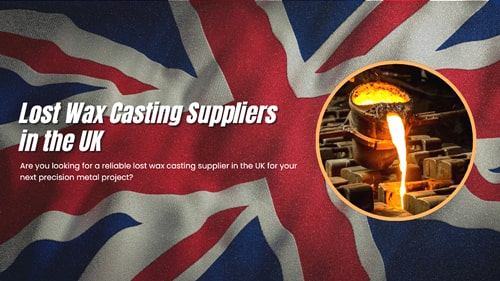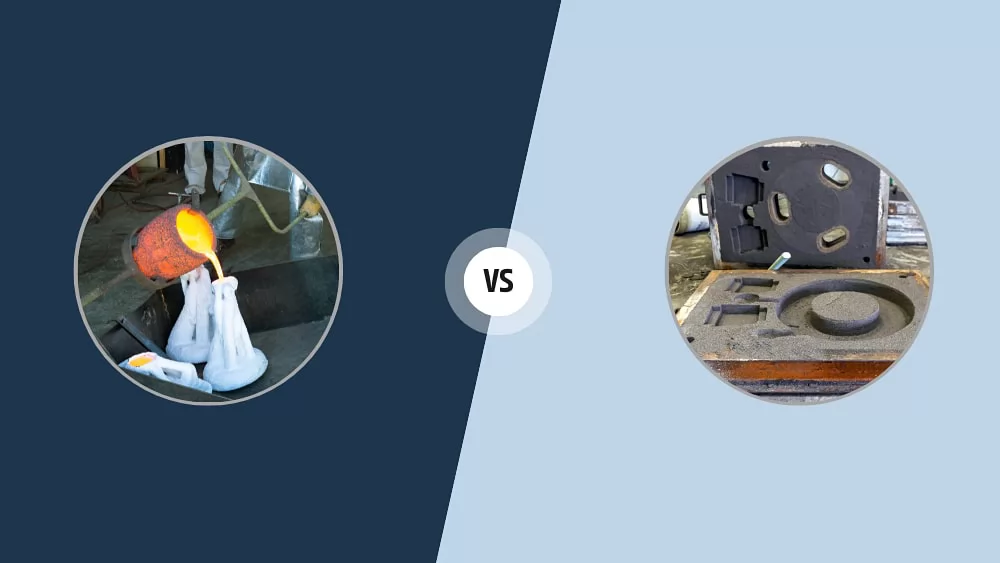
Lost Foam Casting and sand casting — which is better? The answer depends on your project goals and production requirements. Although sand casting remains the mainstream choice for custom and small-to-medium batch production due to its flexibility and cost-effectiveness, lost foam casting is increasingly competitive for industries that demand higher precision, more complex geometries, and a superior surface finish. As a leading precision casting manufacturer, Qianhao is committed to delivering one-stop casting solutions from process design to finished delivery. With advanced casting technology and rigorous quality control, we serve the automotive, machinery, and energy sectors with reliable, high-quality products.
This article explores the similarities and differences between two closely related casting processes. Both are common metal casting processes, but their technological differences make them suitable for vastly different applications. Understanding their differences is crucial for choosing the optimal and most economical technical approach in a specific project.
Main Differences Between Lost Foam Casting and Sand Casting
| Comparison Dimension | Lost Foam Casting | Sand Casting |
|---|---|---|
| Process Principle | Uses a foam pattern (expanded polystyrene) that vaporizes upon contact with molten metal, filling the cavity left behind. | Uses a rigid pattern (e.g., wood, metal) to form a cavity in sand; the pattern is removed before pouring metal into the cavity. |
| Surface Quality & Precision | High. No parting lines, high dimensional accuracy, good surface finish for complex shapes. | Lower. Parting lines and core marks are present, generally lower accuracy and rougher surface. |
| Production Cost | High pattern cost (foam mold), but lower per-unit cost at high volumes, suitable for mass production. | Low pattern cost (wood/metal), relatively fixed per-unit cost, suitable for low volume/single pieces. |
| Production Efficiency | High. Eliminates core making and mold assembly, short process flow, easy automation. | Lower. Labor-intensive steps like molding, coring, and closing molds lead to longer cycles. |
| Design Complexity | Excellent. Can produce parts with complex internal cavities and undercuts, great design freedom. | Limited. Constrained by pattern draft and core assembly; very complex geometries are difficult or costly. |
| Applicable Materials | Limited. Mainly suitable for cast iron, aluminum alloys; challenging for high-melting-point steels. | Nearly Universal. Suitable for all casting alloys, including various steels, iron, and non-ferrous metals. |
| Environmental Impact | Requires attention. Vaporized foam produces organic fumes, requiring good ventilation/emission control. | Dust issues. Sand mixing, pouring, and shaking out generate significant dust, requiring dust control. |
1. Fundamental Difference in Process Principle
This is the root of all differences.
- Sand Casting is a "cavity formation" process. It creates a negative impression (the mold cavity) in sand using a solid pattern. The pattern must be removed before molten metal is poured into the cavity.
- Lost Foam Casting is a "full mold replication" process. A foam pattern identical to the part is surrounded by sand. The pattern is not removed; instead, molten metal vaporizes it upon pouring, filling the space it occupied.
Core Difference: Sand casting is "create a cavity, then pour". Lost foam casting is "the pattern becomes the casting".
2. Precision and Surface Quality: Why Lost Foam is Superior?
- No Parting Line Advantage: Sand casting requires a parting line for pattern removal, leaving a flash on the casting. Lost foam uses a one-piece pattern, resulting in no parting line, better accuracy, and appearance.
- Eliminates Cores: Complex internal features in sand casting require separate sand cores, risking misalignment. Lost foam integrates these features into the single-piece pattern, ensuring higher precision.
3. Cost and Efficiency: How to Choose?
This is a typical trade-off between upfront investment and per-unit cost.
- Sand Casting: Low cost and fast lead time for patterns (especially wood), ideal for low-volume production, prototypes, or large single pieces. However, the labor-intensive process leads to a less scalable per-unit cost.
- Lost Foam Casting: High initial cost for the pattern die and each foam pattern. Economically unviable for very low volumes. But for high-volume production, its streamlined, automatable process results in a significantly lower per-unit cost.
4. Design Freedom and Material Compatibility
- Design Freedom: Lost foam allows for almost unlimited complexity (e.g., curved passages, enclosed cavities). Sand casting is bound by "pattern draft" requirements for removal.
- Material Range: Sand casting is the undisputed leader, handling nearly all engineering metals. Lost foam is mostly used for cast iron and aluminum alloys, as residues from vaporized foam can cause defects in high-temperature metals like steel.
Lost Foam Casting vs. Sand Casting: Which is Right for You?
If the following applies to you, choose Lost Foam Casting:
✅ You need to produce parts with highly complex geometries.
Lost foam casting excels in creating intricate shapes, thin walls, and internal cavities that would be difficult or impossible to achieve with traditional sand casting. It eliminates the need for cores and multiple mold assemblies, making it ideal for parts like engine blocks, pump housings, and intricate machinery components.
✅ You require high dimensional accuracy and excellent surface finish to minimize machining.
Because the foam pattern is fully vaporized and replaced by molten metal in the same cavity, lost foam casting achieves tighter tolerances and smoother surfaces. This reduces or even eliminates secondary machining operations, saving time and cost in large-scale production.
✅ Your production volume is high (e.g., tens of thousands of pieces per year).
While the initial tooling cost for lost foam casting is higher, it becomes more cost-effective for mass production. Once the tooling is complete, it enables consistent, repeatable, and automated casting cycles, making it ideal for long-term, high-volume manufacturing.
✅ Your main materials are cast iron or aluminum alloys.
Lost foam casting performs exceptionally well with materials like gray iron, ductile iron, and aluminum alloys. These materials flow easily into the foam mold cavity and solidify cleanly, resulting in accurate, defect-free castings.
If the following applies to you, choose Sand Casting:
✅ You need small-batch production or one-off prototypes.
Sand casting offers unmatched flexibility and low upfront cost, making it perfect for custom parts, prototypes, or small runs where tooling investment needs to be minimal.
✅ Your castings are very large or heavy.
For large structural components such as machine bases, heavy equipment housings, or industrial covers, sand casting is more suitable because it can handle massive molds and parts without special pattern requirements.
✅ You are working with high-melting-point steels or special alloys.
Sand casting can easily handle ferrous and non-ferrous metals with high melting points, including stainless steel and heat-resistant alloys, making it ideal for applications like power generation, mining, and heavy machinery.
✅ Your part design is relatively simple and easy to pattern.
If your design does not involve complex cores or tight internal shapes, sand casting remains a straightforward and cost-efficient solution.
✅ You prefer lower initial investment and higher flexibility in production.
Sand molds can be modified quickly and reused across different projects, making sand casting the go-to method for companies that frequently adjust part designs or require short lead times.
In summary, Lost Foam Casting is ideal for high-volume, high-precision, and complex parts with smooth surfaces, while Sand Casting is best suited for flexible, low-cost production of large or simple parts.
Qianhao specializes in both casting processes and offers expert support to help you choose the most efficient and cost-effective method for your specific project. Contact us today to discuss your requirements and get a professional casting recommendation.
3. Conclusion
Choosing between Lost Foam Casting and Sand Casting ultimately depends on your production goals, design complexity, and budget priorities. If your focus is on precision, consistency, and mass production efficiency, lost foam casting will deliver long-term value. But if you need flexibility, faster turnaround, and lower upfront costs for simple or heavy parts, sand casting remains the most practical choice.
Both casting methods have unique strengths — the key is matching the right process to your part’s technical requirements and lifecycle needs. With years of experience in both technologies, Qianhao can help you make that decision confidently. We provide tailored engineering support, cost analysis, and process optimization to ensure your parts achieve the best balance of quality, performance, and cost.
Ready to find out which casting process fits your project? Contact Qianhao today — our experts will review your design and recommend the most efficient and reliable solution for your production needs.


